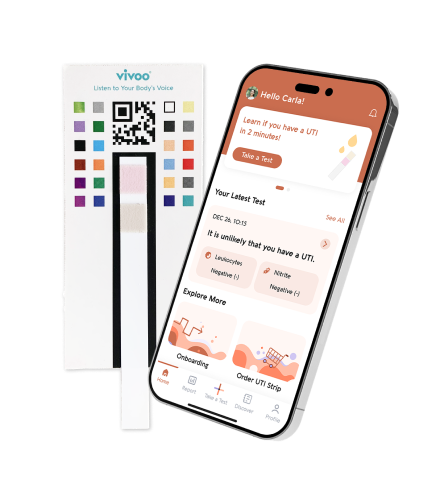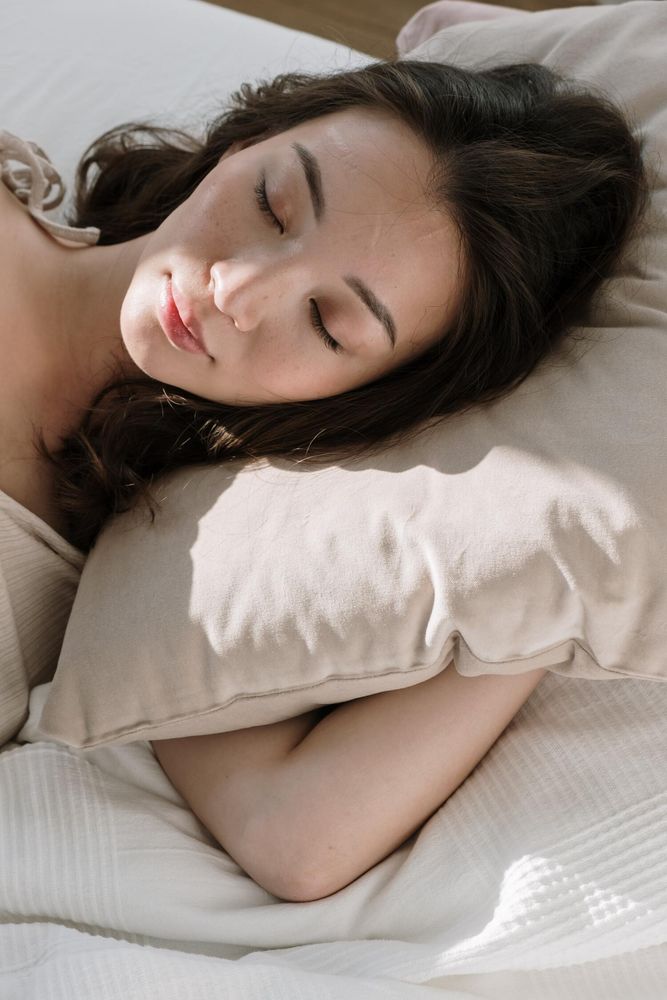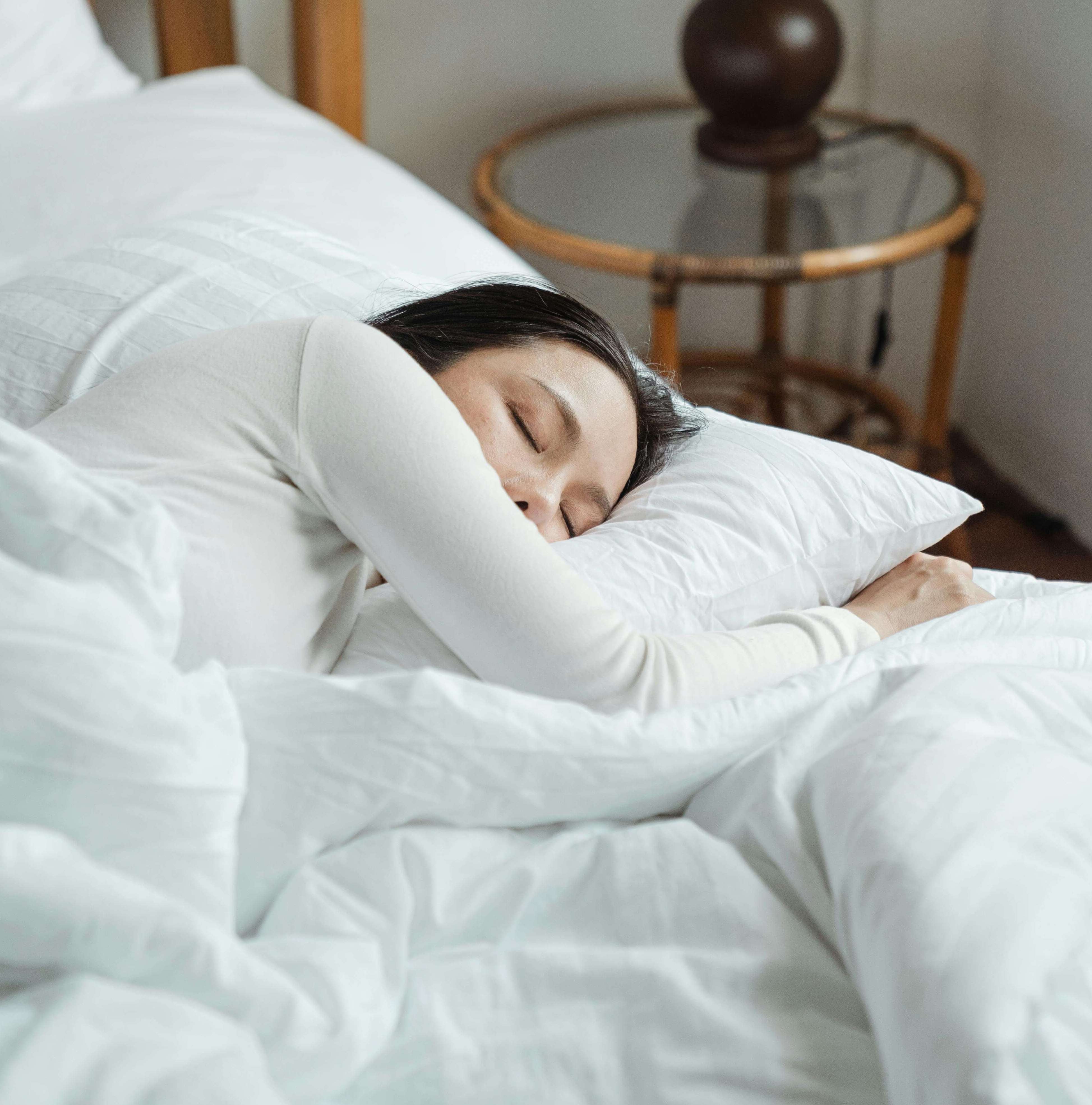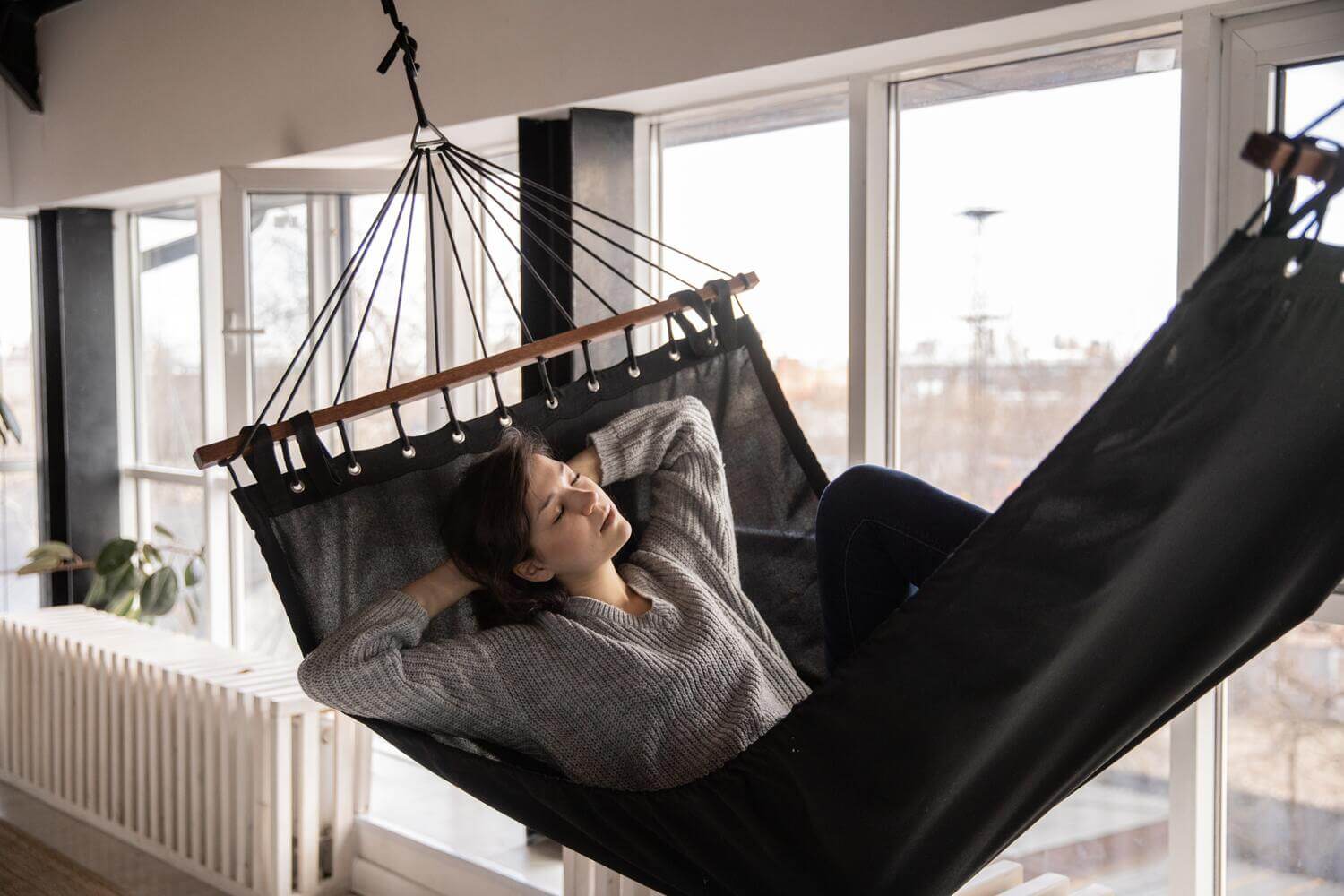A serious condition called sleep apnea causes repeated interruptions in breathing during the course of the night. Even while the body awakens during these pauses in breathing, it frequently does so for such a brief time that the sleeper is not conscious of the disruption. A potentially deadly sleep problem, sleep apnea is characterized by frequent breathing pauses and starts. You may have sleep apnea if you snore loudly and still feel exhausted after a full night's sleep.
Because of this, a sleep companion may occasionally identify sleep apnea before the condition's sufferer. Early identification is essential because the disease can have major health issues if left untreated. If you experience sleep apnea symptoms, at-home sleep study solutions that don't require you to spend the night in a lab might be of interest to you. Continue reading to learn more about how these tests operate.
Symptoms of sleep apnea
There are numerous signs of sleep apnea, some of which are more obvious than others. The signs consist of:
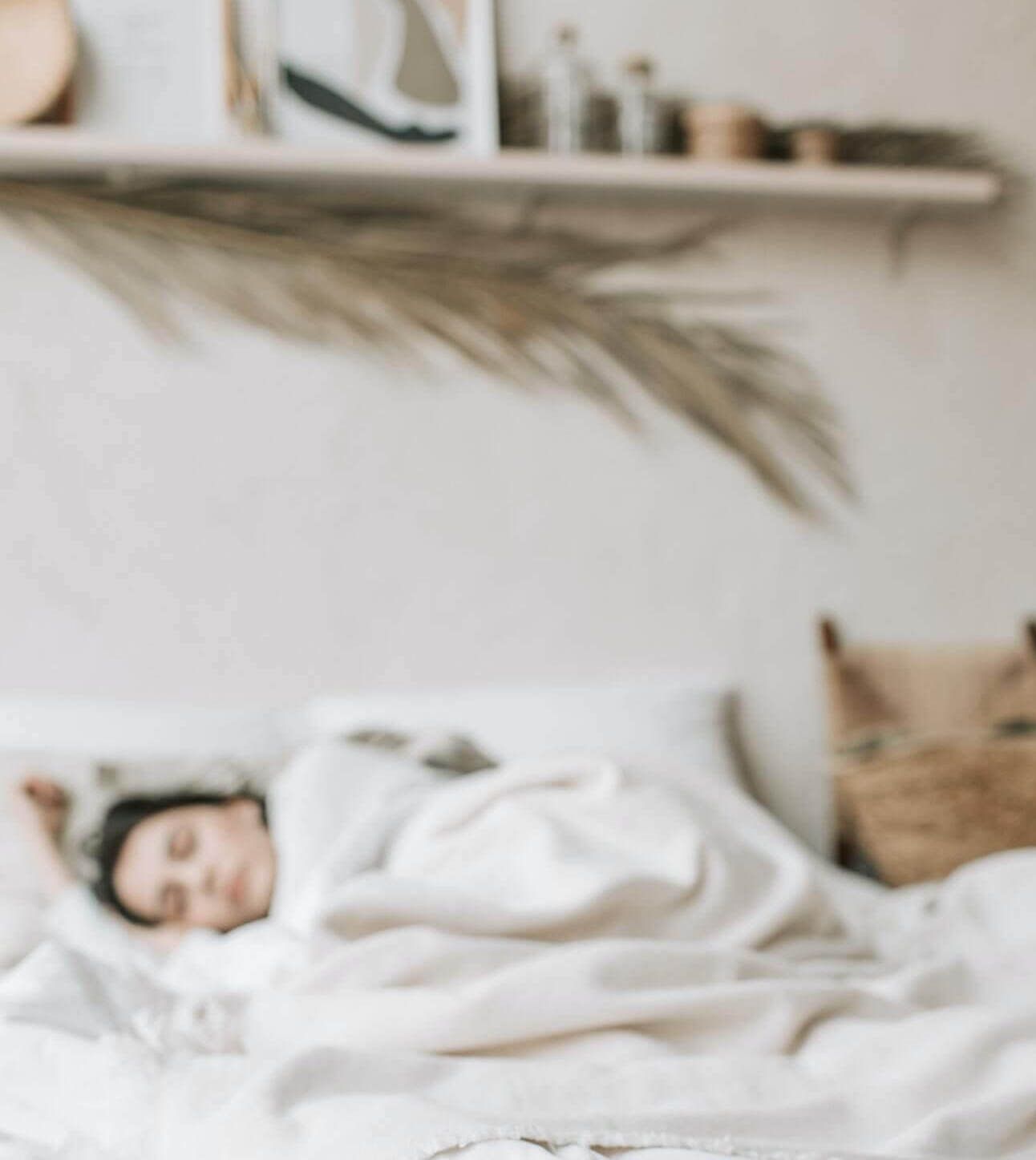
- Waking up feeling sleepy or even fatigued. Sleep apnea patients frequently feel exhausted even after a full night of sleep.
- Fatigue during the day. In more extreme instances, this may make you drowsy when working, driving, or engaging in other tasks.
- Although it doesn't always happen, snoring is a common symptom of sleep apnea. Sleep apnea can sometimes exist without any snoring at all.
- Mood swings anxiety and depression are frequent signs of sleep apnea.
- Disturbances in brain activity. These might include problems with memory, concentration, or other brain-related problems.
- Constantly waking up in the middle of the night. Due to the fact that most people have trouble remembering when or why they wake up, this symptom may be more difficult to detect. People who do this frequently recall awakening for another cause, such as heartburn or the desire to use the restroom.
- Unusual breathing patterns. Central sleep apnea (CSA) can cause Cheyne-Stokes breathing (CSB), a characteristic breathing rhythm. Breathing becomes rapid during CSB, deepens, shallows again, and eventually stops. They will stop breathing for a few seconds before resuming to breathe once again and repeating the cycle.
- Insomnia
- Sweating at night and being restless at night
- Abnormal sexual behavior
- Feeling out of breath or suffocating when you wake up
- headaches, especially right after awakening
What causes sleep apnea?
- A greater body mass index (BMI) has been linked to an increased chance of developing obstructive sleep apnea, according to numerous research.
- Smoking cigarettes: According to some study, smokers have a substantially increased risk of developing obstructive sleep apnea than nonsmokers or those who have never smoked.
- Hormone abnormalities: By producing swelling of tissues close to the airway or by raising body mass index, hormonal problems such an underactive thyroid or an excess production of growth hormone may enhance the risk of sleep apnea.
- Sleeping posture: Sleeping on one's back can have an impact on the position and structure of the tissue that surrounds the airway, which can lead to the development or aggravation of sleep apnea.
- Family history of sleep apnea: There are certain signs that having obstructive sleep apnea increases a person's likelihood of having it as well. These signs may be related to anatomical traits in the head and neck that run in families.
- Nasal congestion: A higher likelihood of having OSA has been associated with difficulty breathing through the nose.
- Combining certain drugs and alcohol: Obstructive sleep apnea is connected with an increased risk of consumption of alcohol and some prescription and narcotic medications.
- People with certain medical illnesses, such as a number of heart and lung conditions, may be more likely to develop OSA.
How to test for sleep apnea?
Once symptoms are identified, a sleep study is frequently performed to ascertain whether sleep apnea is present. Some people may also experience bothersome daytime symptoms that may be related to sleep apnea and decide on their own or upon a doctor's advice to have a sleep study.
Traditional sleep studies, which call for you to spend the night at a sleep center under the supervision of a specialist, can be substituted with at-home sleep apnea testing. In most cases, at-home testing is done to confirm the existence of OSA. You will perform the test yourself in the comfort of your home if your doctor recommends an at-home test or if you meet the requirements without first seeing a doctor.
A sleep test measures respiratory characteristics rather than the actual sleep quality in order to assess a patient for sleep apnea. The length of your light or deep sleep, for example, will not be measured during the sleep test. Instead, it will gauge how often you breathe, how hard it is to breathe, and if your breathing is shallow or prolonged.The actual gadget is a wearable breathing monitor that you may take with you. The device tracks your breathing and oxygen levels as you sleep to identify and quantify breathing pauses, or apneas.
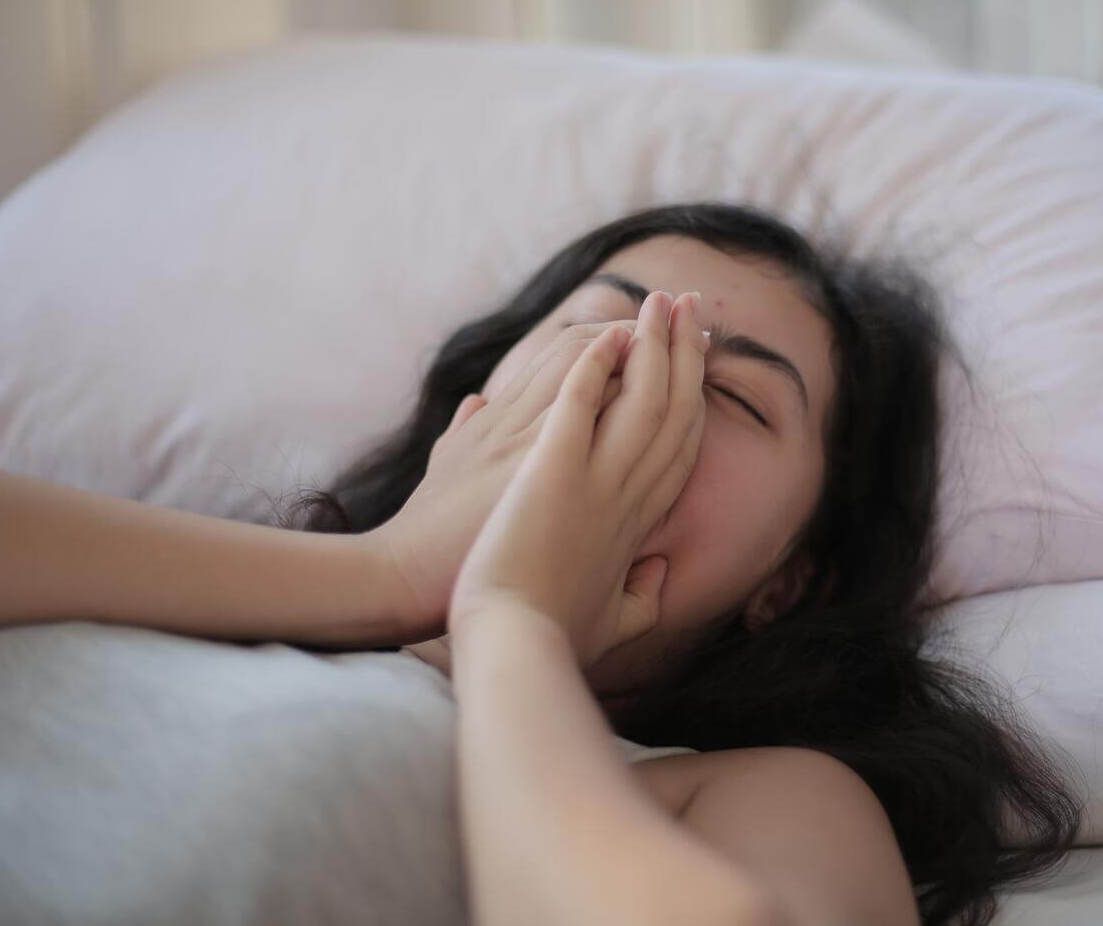
The majority of at-home sleep apnea tests take various physical measurements to ascertain a person's presence or absence of sleep apnea. Common criteria assessed during a test conducted at home include:
- Breathing patterns, chest movements, and respiration
- The blood oxygen level and heart rate
- Actigraphy, or motor activity and movement during the night
- Position changes while sleeping
- Events and severity of snoring
Sometimes sleep apnea can be avoided, particularly when it develops as a result of obesity or excess body weight. Even so, some persons who are underweight or who maintain a healthy body weight can nonetheless develop sleep apnea. For those people, a structural problem is typically the root of their apnea, making prevention impossible.
The best actions you can do to lower your risk of developing sleep apnea are:
- Add a sustainable and healthy diet to your life.
- If you are over your average weight, you can lose weight.
- Maintain a healthy sleep routine.
- Manage any current medical conditions, such as Type 2 diabetes, high blood pressure, and high cholesterol.
- Reduce screen time to sleep better.
- Visit your doctor for a checkup at least once a year.




